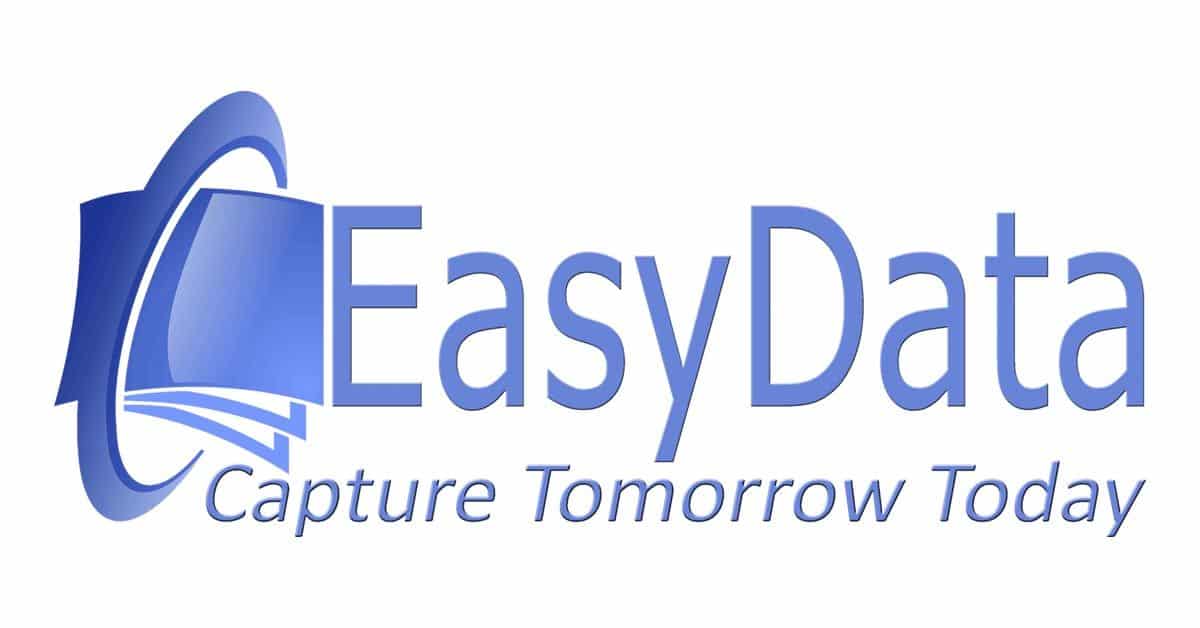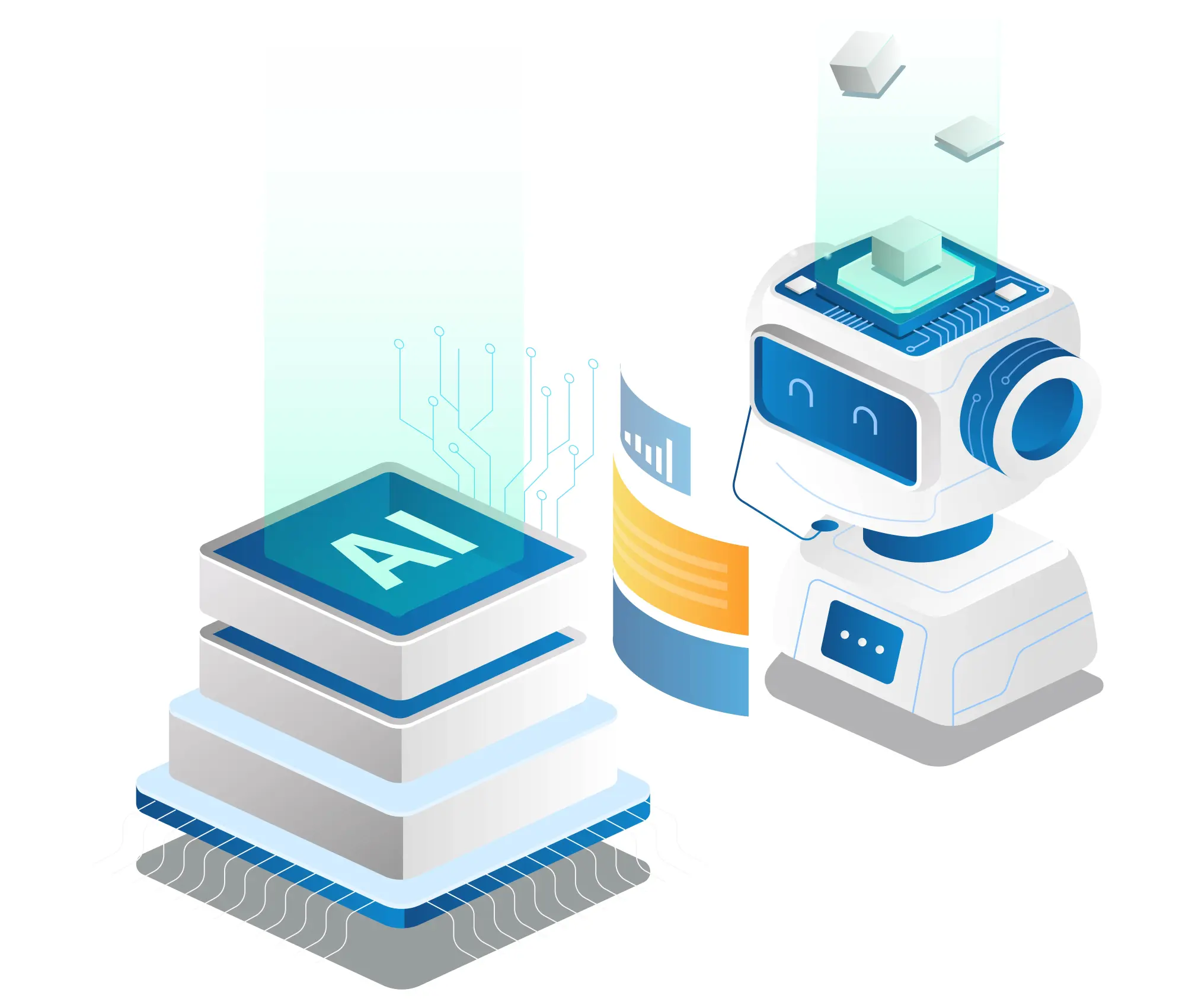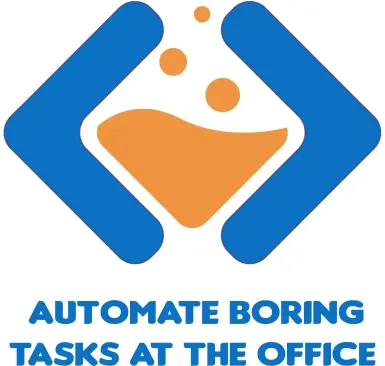Software robots change your business operations
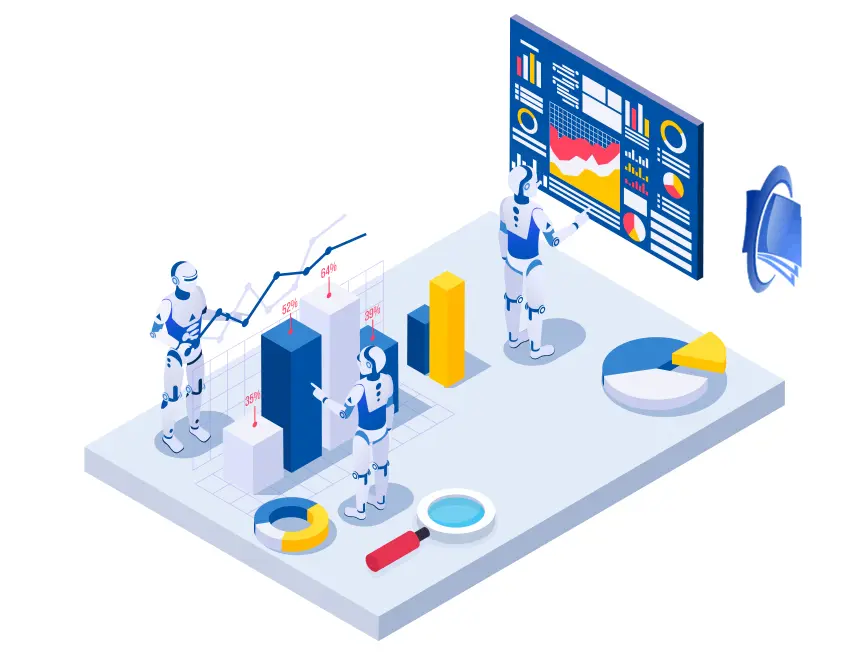
Software Robots, your automation choice for today!
Software Robots, originally developed as screen readers, have evolved into advanced automation tools that handle repetitive tasks. The roots of modern Robotic Process Automation (RPA) trace back to these early screen readers, which automated manual operations between systems. Over time, this technology has expanded to include decision-making capabilities within defined parameters. Today, Software Robots are far more sophisticated. They can function as independent software components incorporating AI (Artificial Intelligence) to enhance their capabilities. Depending on their configuration, these robots operate locally on computers within an organization or perform cloud-based automation tasks, providing greater flexibility and scalability.
Robotic Process Automation in Practice
Robotic Process Automation (RPA) is designed to take over repetitive tasks that employees traditionally handle. This does not automatically mean humans should be afraid of losing their jobs. RPA enhances job roles, making work more engaging! Where early Robotic Process Automation only took over simple data entry work, the arrival of modern Software Robots allows handling more complex tasks, allowing employees to focus on decision-making and business-critical operations. With routine tasks automated, people have to deal with exceptions, thus, using their expertise and fulfilling individual professional interest.
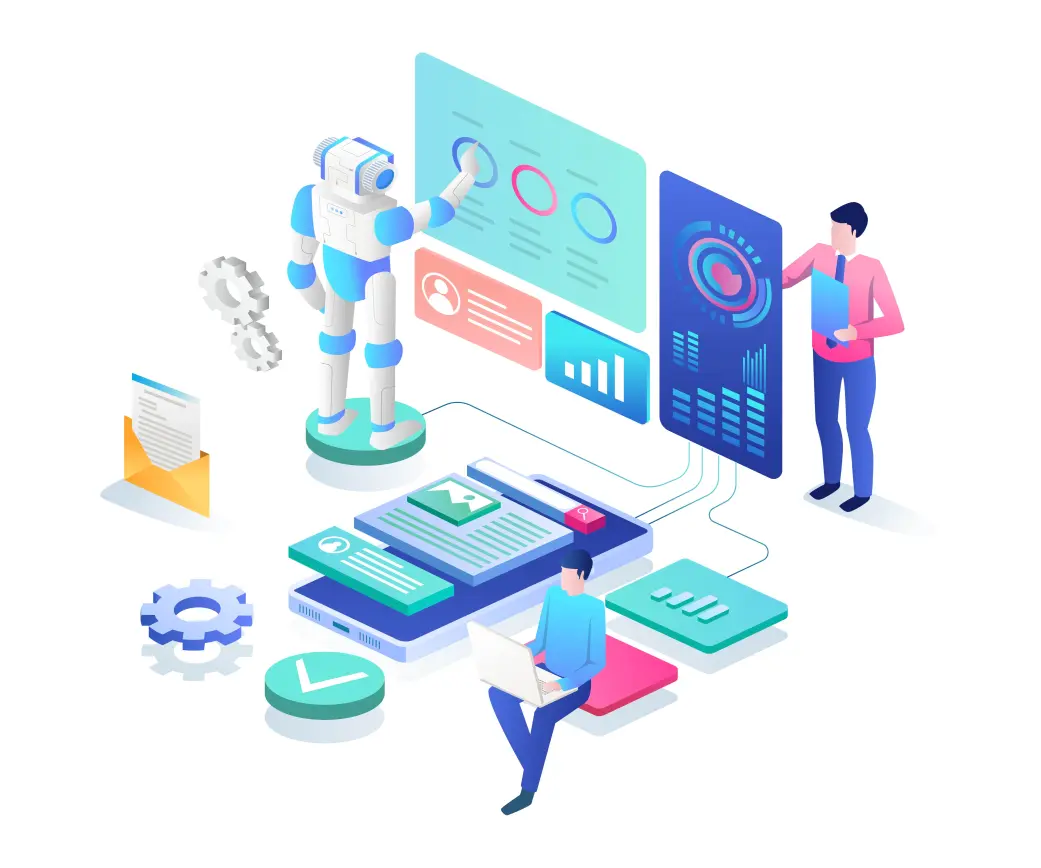
Measurable Results with Software Robots
More and more companies across the globe are embracing RPA for its efficiency and traceability. Every action and decision made by a Software Robot is logged, providing complete transparency and compliance assurance. More and more clients expect more accuracy for their processes. Software robots are “wired” to perform like this be design. With a Software Robot, you no longer must check employees for the correct reporting, a Software Robot does this automatically! Additionally, businesses gain more valuable insights into process efficiency, uncovering trends through predictive analysis and enabling data-driven decision-making.
RPA changes the way we work
Optimizing processes means saving costs and improving your competitive position. In today’s transparent market landscape, organizations must stay ahead of trends. Therefore, more and more organizations select Robotic Process Automation to gain competitive edge. There are numerous advantages that Software Robots bring to the existing business processes and reshape the way businesses operate and react to external challenges. An open Scientific article explaining more in-depth about what the RPA meaning can be found here.
Where in the past, peak pressure for a certain event or period of the year would weigh on the shoulders of employees, Software Robots are now coming into the picture and mitigate workload fluctuations for a fraction of cost. As soon as peak pressure is absorbed by Robotic Process Automation, the level of stress in the organization goes down. With their ability to work 24/7 and execute tasks error-free, RPA significantly improves workplace stability and productivity.
Exploring Software Robot Options
If you’re considering RPA, the key question is: Which Software Robot best fits your needs feature and budget wise?
Understanding the available options will help you determine the most effective automation approach for your processes.
Software Robot for your process
RPA can interact with virtually any system, mimicking human actions. Software Robots can read on-screen data even in the most challenging situations and perform repetitive tasks with precision. RPA performs best for the most time-consuming repetitive tasks that are prone to human mistakes. EasyData has been implementing such automation solutions for over 25 years, continuously refining our toolbox for enhanced efficiency.
Interested in seeing what RPA can do for your business? Then contact us to discuss the details of the process to be automated. Even basic RPA solutions incorporate robust data security and compliance features of more complex business automation solutions.
Software Robot with Machine Learning
The Robot Process Automation description above basically operates by pre-created programming scripts. This means that if your requirements change, the Robot will need to be reprogrammed. A Robot that works with Machine Learning is not that rigid.
With Machine Learning, RPA is trained to make decisions using large data sets. We, at EasyData, are very enthusiastic about ML enhanced RPA tools. This technology accelerates project implementation and maximizes return on investment.
The implementation of a Software Robot with Machine Learning Technology is often realized faster than the client had imagined at the start of the project. You can have a Software Robot clean up data quickly and effectively feed that cleaned-up data to a machine learning algorithm.
Let’s translate this to a practical example: We can train an RMA (Return Merchandise Authorization) system to evaluate return requests based on historical service data. This process involves structuring data logically, incorporating various data sources—including email interactions and even transcribed phone conversations—to create a comprehensive, automated decision-making framework.
Software Robot with Artificial Intelligence
As soon as we start transcribing recorded support conversations into text messages, the automatic chatbots come into the picture. With the arrival of increasingly smarter Software Robots, this is becoming an increasingly delicate matter. You would rather not frustrate customers with ‘robotized’ responses.
We all know those annoying chatbots when you immediately notice that it is a machine. That does not have to be annoying at all. At EasyData, we help organizations integrate AI and RPA in a way that aligns with business goals, their customer expectations and be smart enough not to trigger negative reaction.
